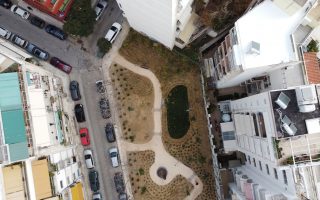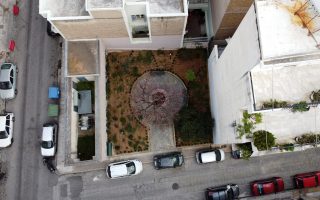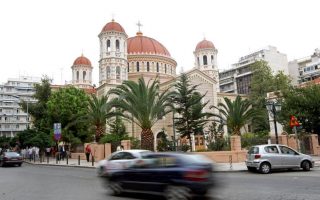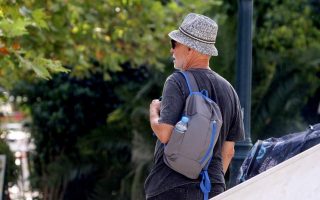Covid restrictions create ‘right time’ to improve Attica’s road infrastructure
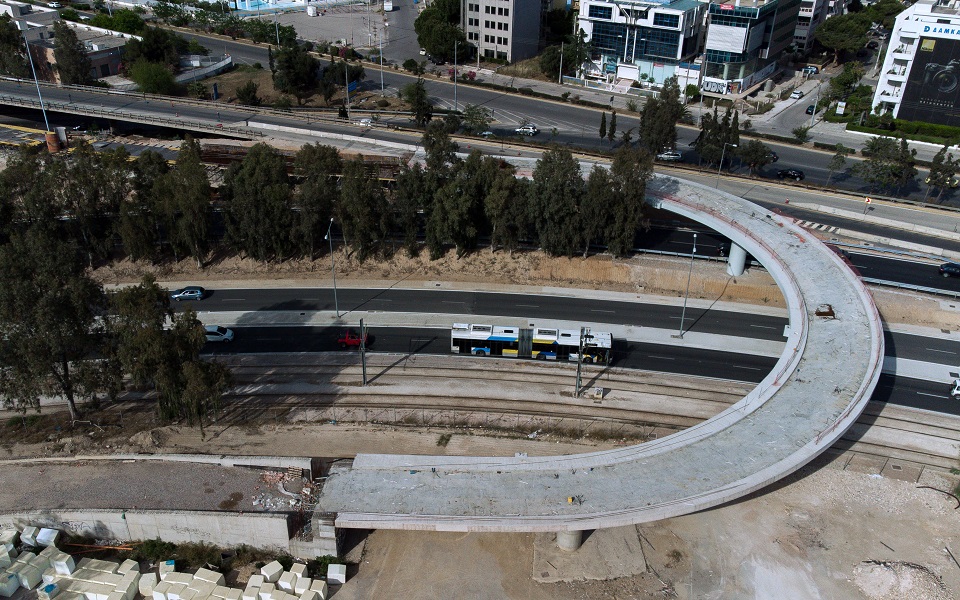
As preventive measures against Covid-19 kept many streets in the Greek capital free of traffic, the local government in Attica seized the opportunity to invest in improving the region’s road safety infrastructure.
Greece is falling behind among European Union (EU) members in road safety, with higher traffic fatalities than the average of the bloc. Last year, the country registered 54 road deaths per 1 million inhabitants, while the EU average was 42 per 1 million, according to the European Commission.
Earlier this year, Greek Prime Minister Kyriakos Mitsotakis presented a 450-million-euro national action plan to improve road safety. Financed by the European Investment Bank, the plan would fix some 7,000 dangerous locations and focus on educating young people about reckless driving behavior, such as driving at an excessive speed or under the influence of alcohol, and lax use of safety belts and helmets.
In Attica, home to around a third of Greece’s population, authorities have speeded up projects to improve the regional road networks, considering that infrastructure is also crucial to preventing serious crashes.
“We put emphasis on safety infrastructure. In several sites throughout Attica, an extensive program of new asphalt paving is underway,” Attica Governor Giorgos Patoulis told Xinhua.
“On the coastal front and especially in the bay of Faliro, under a 115 million-euro project, infrastructure works will help the management of rainwater, and new bridges and junctions will facilitate traffic flow,” he added.
Furthermore, across the greater Athens area, crews are repainting lane markings, installing new signs and upgrading traffic lights using photovoltaic systems.
Progress is monitored at the Attica region’s Traffic Management Center, which holds a key role in promoting road safety in Attica, with experts receiving information from about 300 closed-circuit TV cameras and other sources to monitor traffic and intervene when needed.
As one of the first in Europe, the Traffic Management Center is aimed at “providing travel time data regarding the urban area,” said Panagiotis Kariotis, head of the Directorate of Metropolitan Infrastructure Management of Attica.
“Here at the center, we also monitor the traffic lights of the entire Attica. There are about 2,500 signaling nodes, over 40,000 lamps, which, of course, with the new project of the Attica region, are replaced with low-voltage LED type bulbs to save energy,” said Kimon Logothetis, head of the Traffic Management Center. [Xinhua]


